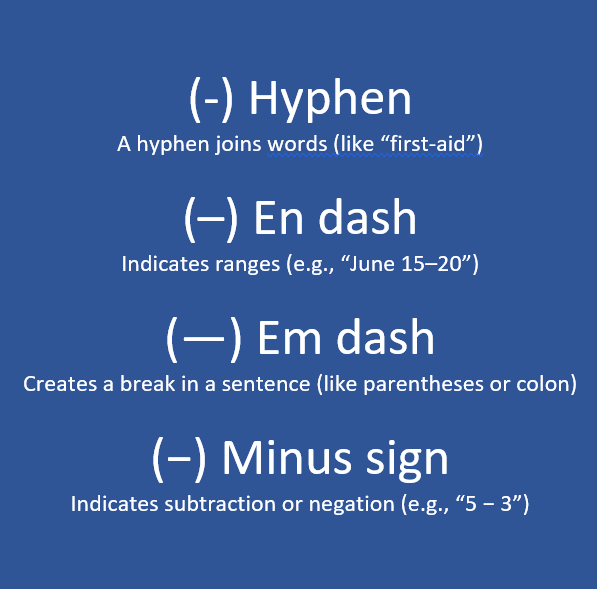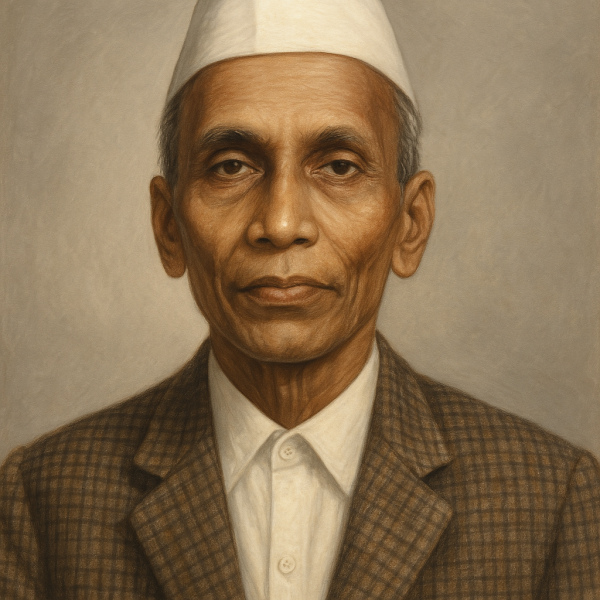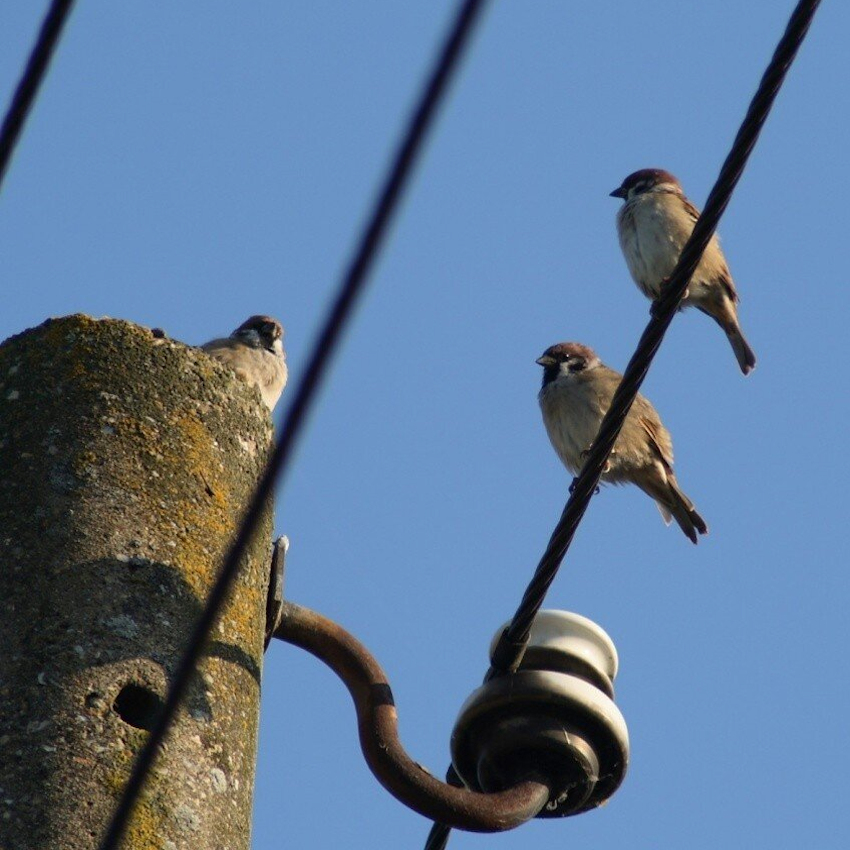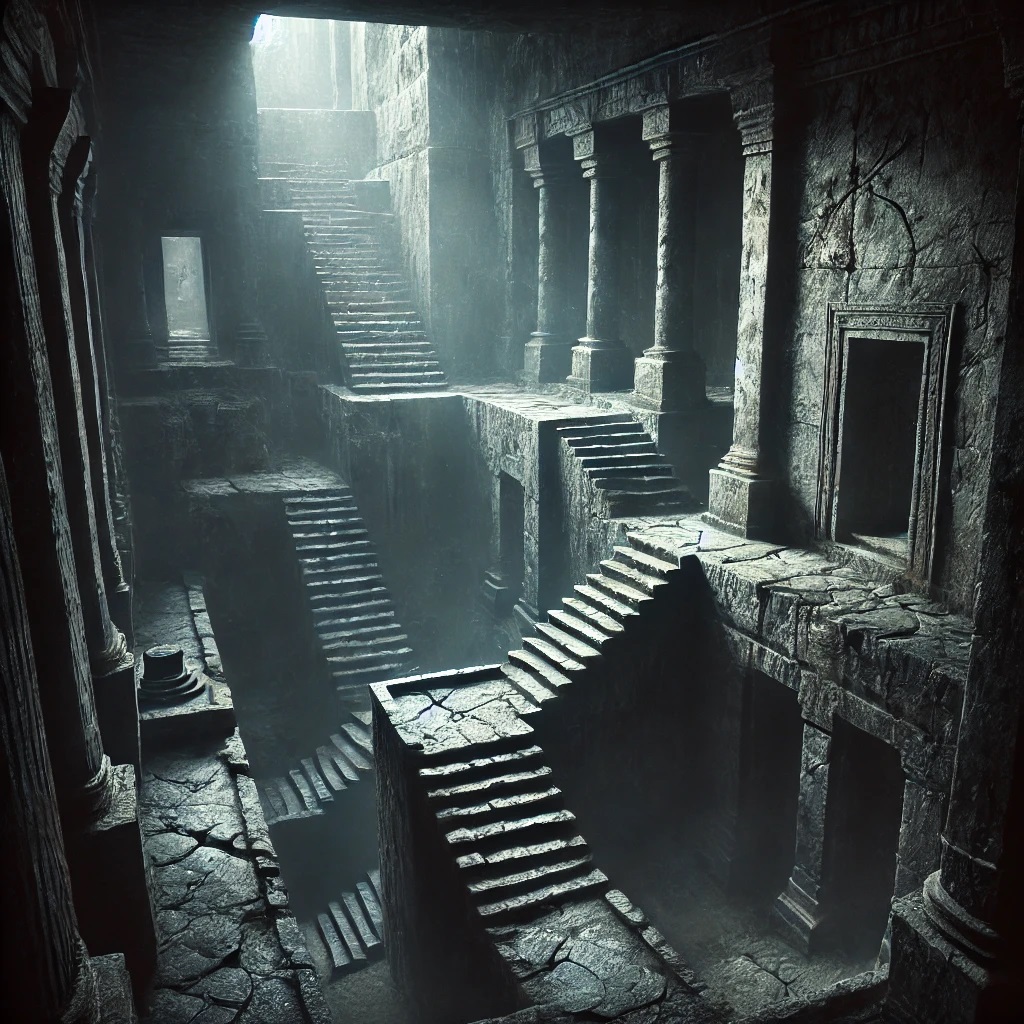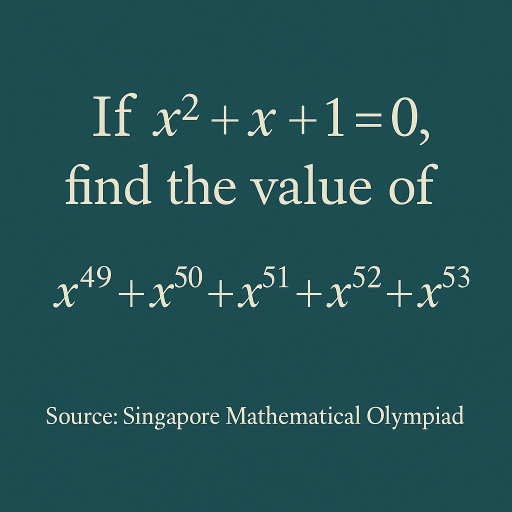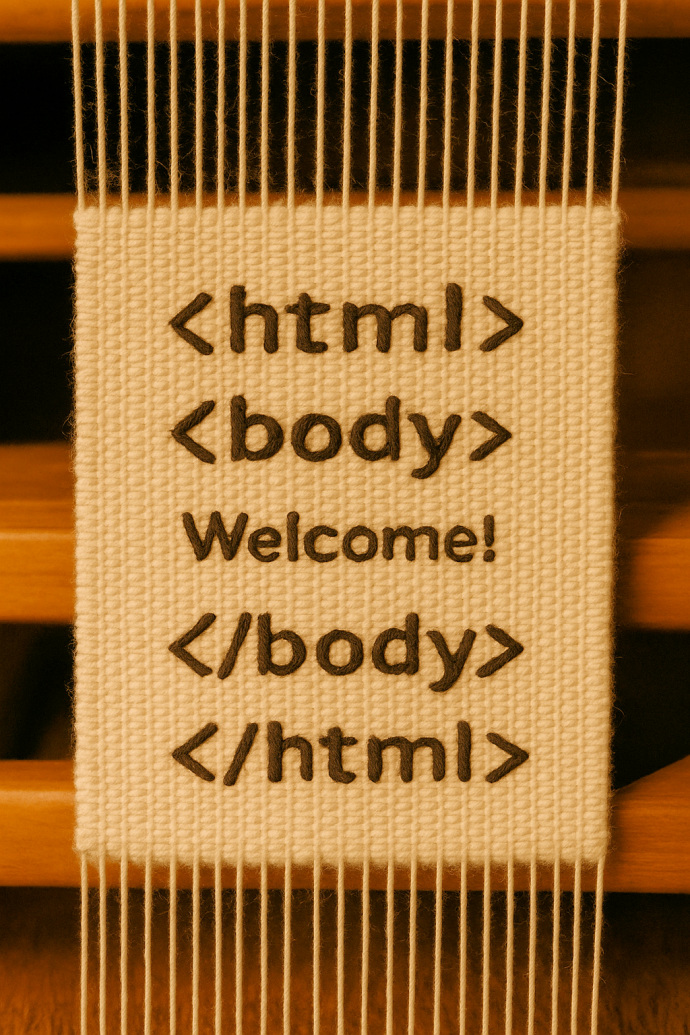World Wide Web
Vestiges of the Future
In that liquid reality of 1995, when HTML was still clay in pioneer hands and each <br> tag pulsed with the raw rhythm of the newly invented, I began my journey through a World Wide Web weaving its own epistemological tapestry. Not with organic fibres, but with digital skeins—endlessly unravelling and reconfigurable. In my lexicon at the time, I would jest about silicon-based “soft-paper” — fleeting, editable — as a counterpoint to the immutable, carbon-based hard-paper of the analogue world.
Imagine noisy 56k modems intoning their connection ritual, while web pages — written in Verdana over marble-textured backgrounds — loaded line by line from university servers whose kilobyte weight rivalled that of entire treatises. Many of these pages were hand-coded maps and chalkboard diagrams: crafted by teachers who saw the web as an infinite blackboard, and by precocious teenagers who translated their notebooks into <ul> lists.
There were no recommendation algorithms — only blue underlined links, gathered in openly browsable directories. The PDF format already existed, of course, but was far from accessible to most: few users had the tools to create them, and many of the most original contributors — students, teachers, enthusiasts — simply used what they had. Thus emerged a different kind of discovery: a doctoral thesis buried deep in a forgotten /misc/ folder, a .zip file of chess games in .pgn format, or a plain .txt file with ASCII diagrams — shared like secret spells among the wanderers of the early Web.
Those early webmakers were digital architects operating within a kind of inverse attention economy: they built cathedrals expecting no parishioners. Their designs — nested tables like medieval grids, animated GIFs flickering like votive candles — revealed a functionalist aesthetic, long before responsive design colonised every screen. On quiet Friday nights, they would FTP their updates: a new chess gambit, a problem in synthetic geometry. No engagement metrics. No followers. Just the quiet hope that someone, someday, might stumble upon their work — perhaps navigating through the pixelated fog of Netscape, or unearthing it through a serendipitous AltaVista query, back when its algorithm was still innocent of monetisation.
“If I asked you about art, you'd probably give me the skinny on every art book ever written. Michelangelo, you know a lot about him. Life's work, political aspirations, him and the pope, sexual orientations, the whole works, right? But I'll bet you can't tell me what it smells like in the Sistine Chapel. You've never actually stood there and looked up at that beautiful ceiling; seen that.
That appeal to scent — to what cannot be studied or inferred, only lived — applies here as well. You can chart the history of the web, read technical chronicles, browse preserved archives and datasets. But you will never know how that early Internet smelled. You will not sense its unmistakable blend of innocence, digital craftsmanship and solitary fervour. You will not breathe in the perfume of hand-coded pages, nor the humming stillness of personal servers loading without witnesses. That sensorial absence — like the still air in the Sistine Chapel — marks the boundary between knowledge and presence.
The scene from Good Will Hunting reminds us that some forms of presence cannot be archived. This introduction does not seek to idealise the past — not every past time was better, but it was different, and in that difference lies a truth worth listening to.
What follows is not a nostalgic list, but a small gallery of websites that still breathe. They are vestiges of a time when so much could be communicated with so little: lines of code, ASCII maps, hyperlinks strung like bridges. Through these pages — some rough, others endearing — newer generations can glimpse not only what once was, but also how far we’ve come and where we may have lost our way.
For in a digital world ruled by ephemerality — where metrics dictate meaning and headlines die before they are born — these quiet links remind us that the Internet was once a promise. That depth was not at odds with simplicity. That communication was more than diffusion. And that academic forums — such as the one dedicated to the History of Mathematics — could serve as genuine spaces of encounter and creation.
Post scriptum. Why “Vestiges of the Future”? Because these are not merely remnants of the past, but fragments from a time when the digital realm was imagined as a promise. The future it gestured towards — freer, deeper, more humane — has not entirely vanished. It lives on, in part, within these links. They are not ruins: they are traces of a future once dreamed.
It is, of course, a wonderful thing that a grandmother in Norway can watch her grandson grow up by the Río de la Plata, exchanging messages, images, and affection in real time. And it is no less beautiful that the child, in turn, can witness the passing of time for his grandmother. What is not quite so wonderful — and should perhaps trouble us — is when that child or teenager comes to believe that the Internet exists solely for that, or for finding ready-made schoolwork answers on copy-paste sites. If we forget that the web can also be a space for exploration, depth, and shared discovery, we risk impoverishing not only our digital memory but our collective imagination as well.
In those formative years, thousands of creators shared their knowledge, their imagination and their craft without seeking “likes”, without putting a price tag on each line of code or every diagram. Their motivations defied the transactional logic already taking root elsewhere: they built because the act itself felt sacred, because an idea left unshared was like an unlit lantern.
Some called it generosity. Others, a quiet revolution in how humanity manages its collective intellect. But most gave it no name. For them, that was simply how the web worked: a global potlatch in which value was generated through generosity. Where a teenager in Canada might stumble upon a database of chess games compiled by a teacher in Argentina — and feel the thrill of connection across hemispheres and operating systems.
The currency was not attention, but intention: the belief that your PDF on the pigeonhole principle, quietly uploaded to a Geocities subdirectory, might one day help a student in Costa Rica with their A-level monograph — and contribute, unknowingly, to the intellectual growth of a mind you would never meet.
Today, what they left behind may seem archaeological: sites frozen mid-edit, broken links, half-written JavaScript commented out like whispered ambitions. And yet these fragments persist, offering a quiet counterpoint to our era of extraction — a reminder that once, however briefly, we built cathedrals not to worship the market value of data, but to shelter what we believed was worthy simply for being beautiful, or true.
“You may say I’m a dreamer, but I’m not the only one…”

